More on methods
2025-09-02
Rick Gilmore
Department of Psychology
Prelude
Eames Office (2010)
Today’s topics
- Announcement
- Warm up
- Wrap up on structural methods
- Functional methods
Announcement
- Quiz 1 next Thursday, September 11.
- 10 multiple choice questions; + 1-2 extra credit/bonus questions
Warm up
Why should we care?
- “We just have to see the wires.” (J. Lichtman)
- What are the parts?
- How do they connect?
- How do they interact?
- Different methods reveal different aspects of structure & function
What method does the image reflect?

- A. Retrograde tract tracing
- B. Magnetic Resonance Imaging (MRI)
- C. Computed Tomography (CT)
- D. Nissl (whole cell) stain
What method does the image reflect?

A. Retrograde tract tracingB. Magnetic Resonance Imaging (MRI)C. Computed Tomography (CT)- D. Nissl (whole cell) stain
Descartes thought that the pineal gland…
- A. Was where the soul controlled the body
- B. “Inflates” the muscles
- C. Both A and B.
- D. Releases melatonin into the blood stream
Descartes thought that the pineal gland…
- A. Was where the soul controlled the body
- B. “Inflates” the muscles
- C. Both A and B.
- D. Releases melatonin into the blood stream
Study suggestions
- Identify key vocabulary and ideas
- Look away from the slides or book
- Quiz yourself (or work with others)
- Who’s Descartes? What did he do/think?
- Spatial resolution means…
- Look at a figure, explain what it is/means
- Spend ~2-3 hours outside of class for every hour in class
Wrap-up on structural methods
Cellular methods
Functional methods
Types of functional methods
- Recording from the brain
- Interfering with the brain
- Stimulating the brain
- Simulating the brain
Recording from the brain
- Single/multi unit recording
- Microelectrodes
- Units -> Small numbers of nerve cells
Single/multi-unit Recording
- What does neuron X respond to?
- High temporal (ms) & spatial resolution (um)
- Invasive
- Used in non-human animals for purely research purposes

Electrocorticography (ECoG)
- Used in human neurosurgery
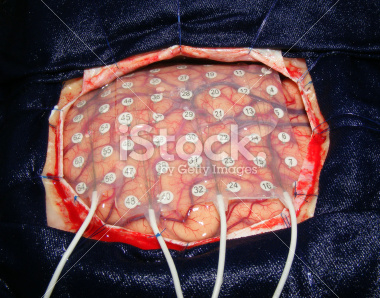
ECoG
AANSNeurosurgery (2019)
Positron Emission Tomography (PET)
- Radioactive tracers (glucose, oxygen) delivered intravenously
- Positron decay
- Experimental condition - control
- Average across individuals
National Institute of Biomedical Imaging and Bioengineering (2013)
PET
- Temporal (~ s) and spatial (mm-cm) resolution worse than fMRI
- Radioactive exposures + mildly invasive
- Dose < airline crew exposure in 1 yr

Functional Magnetic Resonance Imaging (fMRI)
- Neural activity -> local \(O_2\) consumption increase
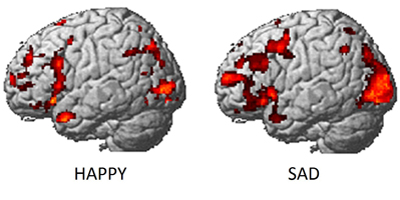
fMRI
- Blood Oxygen Level Dependent (BOLD) response
- Oxygenated vs. deoxygenated hemoglobin creates magnetic contrast
- Do regional blood \(O_2\) volumes (and flow) vary with behavior X?
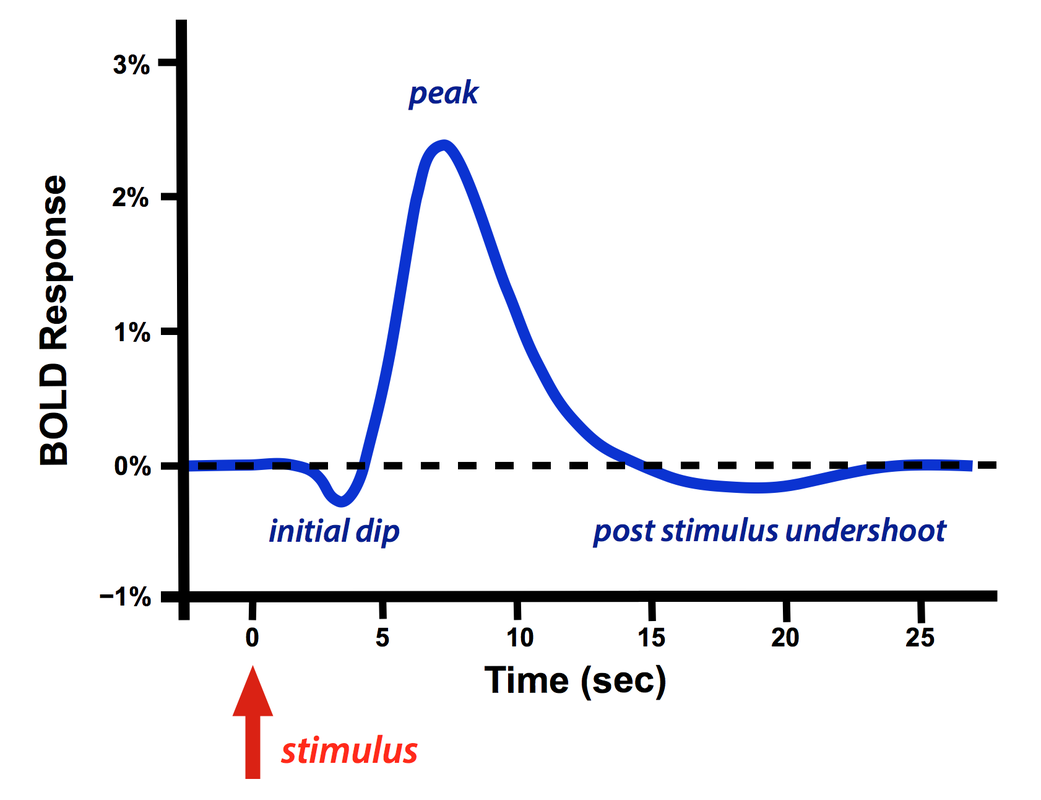
Mapping visual cortex
fMRI
- Non-invasive, but expensive ($500/hr)
- Moderate but improving spatial (mm), temporal (~sec) resolution
- Indirect measure of brain activity
fMRI
- Hemodynamic Response Function (HRF)
- 1s delay plus 3-6 s ‘initial-dip’
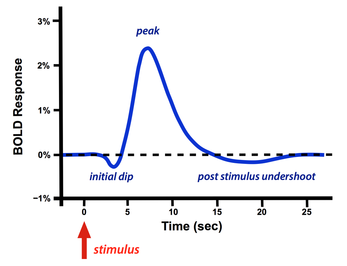
Electroencephalography (EEG)
- How does it work?
- Electrodes on scalp or brain surface
- What do we measure?
- Combined activity of huge # of neurons
- High/fine temporal resolution (detect fast changes) but poor spatial resolution

EEG
- Activity in different frequency bands
- LOW (slow changes): deep sleep
- MIDDLE: Quiet, alert state
- HIGH (fast changes): “Binding” information across senses
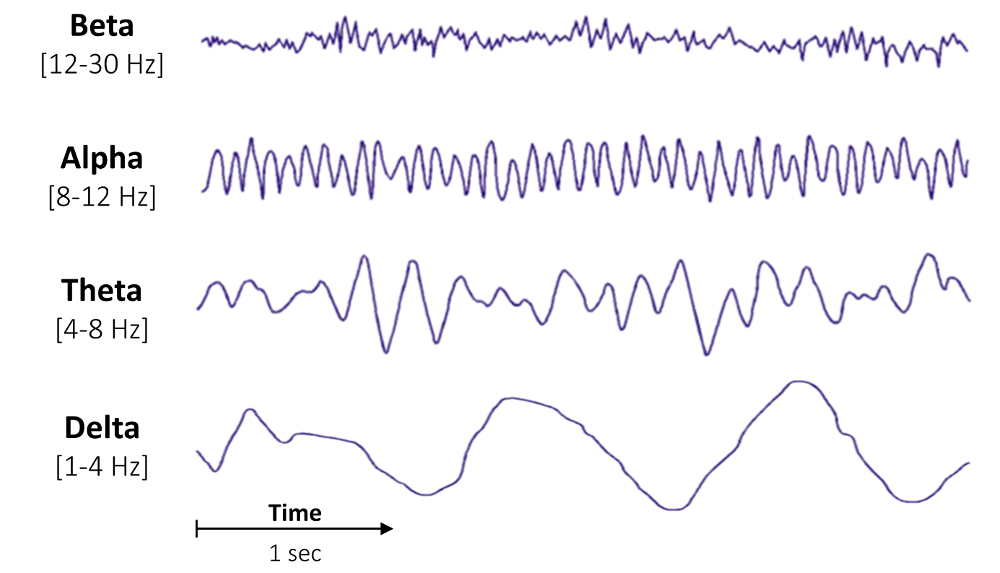
Event-related potentials (ERPs)
- EEGs related (in time) to some event
- Averaged over many repetitions of that event

Brain Computer Interface (BCI)
- Often based on EEG.

Magneto-encephalography (MEG)
- Like EEG, but measures magnetic fields
- High temporal resolution, low spatial resolution
- Magnetic field propagates with minimal distortion from brain/skull, unlike electric field

Manipulating the brain
- Nature’s “experiments”
- Stroke, head injury, tumor
- Neuropsychology
- If damage to X impairs performance on Y -> X critical for/controls Y
- Poor spatial/temporal resolution, limited experimental control
The case of Phineas Gage
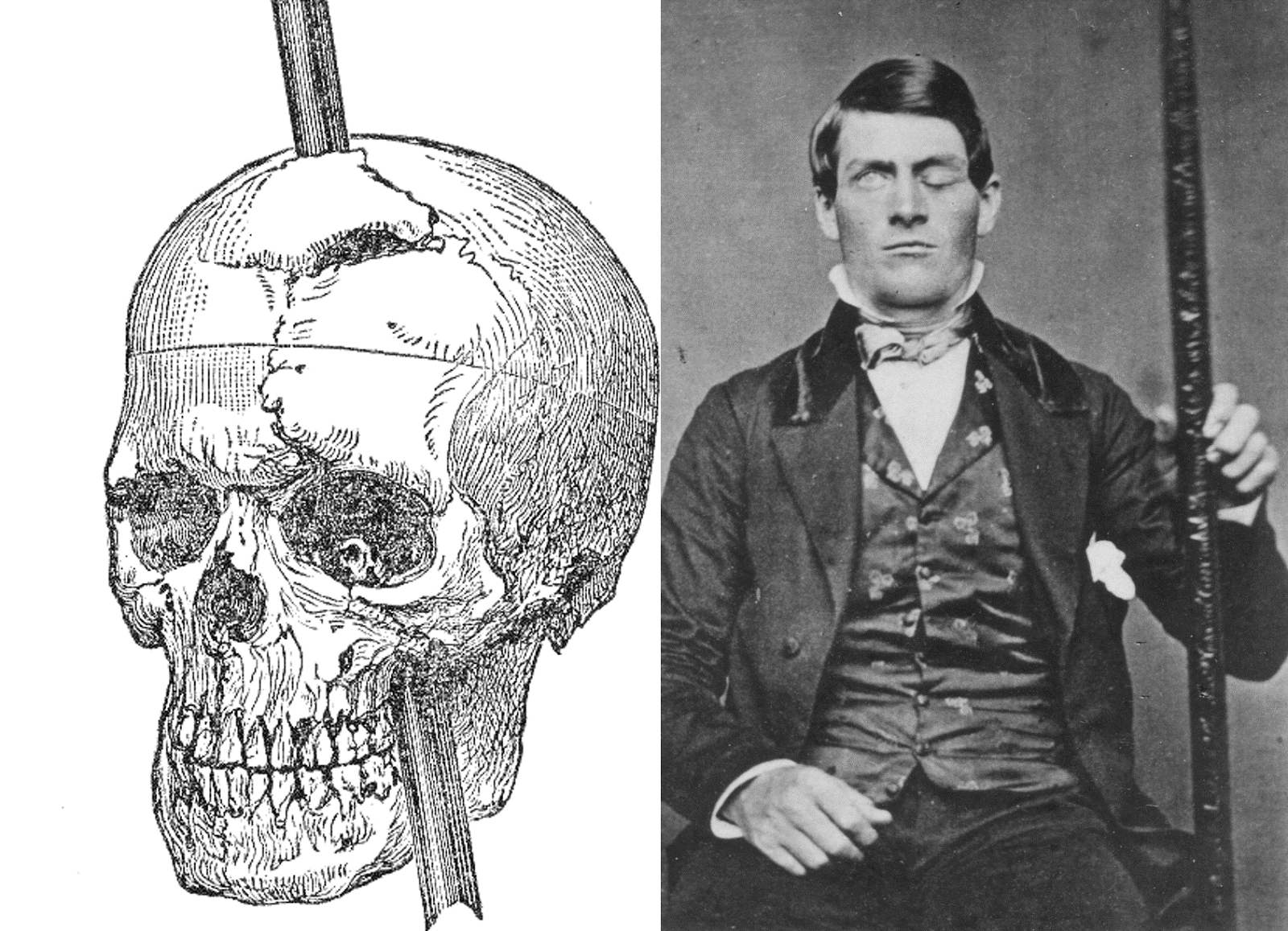
Stimulating the brain
- Pharmacological
- Electrical (transcranial Direct Current Stimulation - tDCS)
- Magnetic (Transcranial magnetic stimulation - TMS)
- Optical (optogenetics)
Trans-cranial Direct Current Stimulation (tDCS)
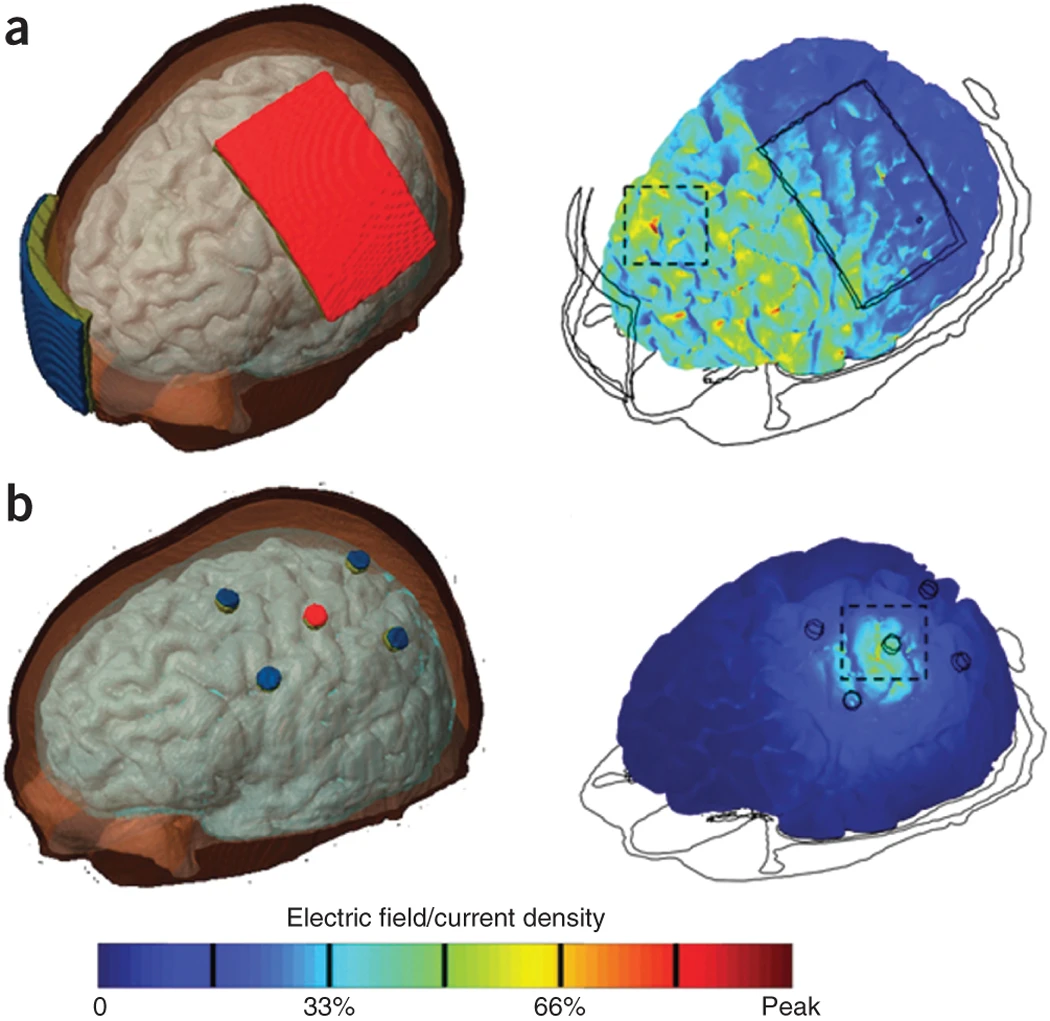
Dayan, Censor, Buch, Sandrini, & Cohen (2013)
Trans-cranial Magnetic Stimulation (TMS)
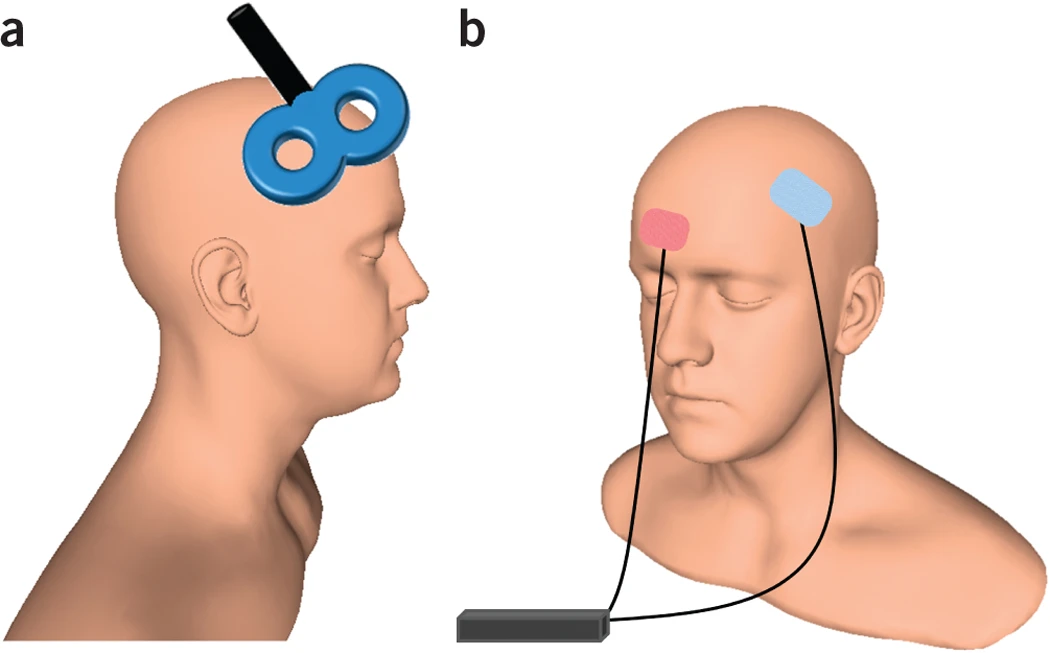
Dayan et al. (2013)
Optogenetic stimulation
Video (2010)
Evaluating stimulation methods
- Spatial/temporal resolution?
- Does stimulation mimic natural activity?
- Optogenetic stimulation highly similar, others less so
- Deep brain stimulation as therapy
- Parkinson’s Disease
- Depression
- Epilepsy
Deep brain stimulation (DBS)
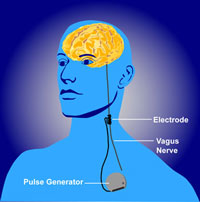
Understanding Animal Research (2009)
Simulating the brain
- Computer/mathematical models of brain function
- Example: neural networks
- Cheap, noninvasive, can be stimulated or “lesioned”
Application: AI
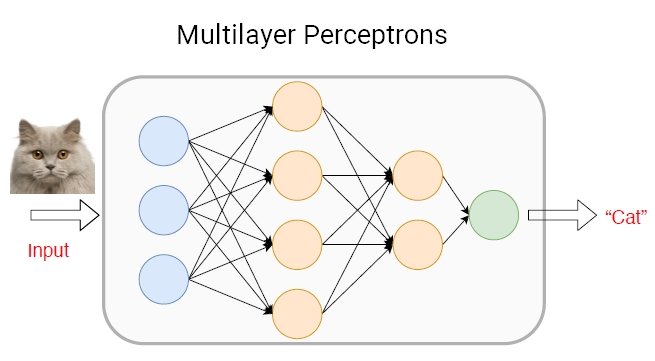
Redmon (2018)
Spatial and Temporal Resolution revisited

Sejnowski, Churchland, & Movshon (2014)
Take homes
- Functional methods differ in
- Spatial resolution
- Temporal resolution
- What’s measured
- Invasiveness
- Cost
- Which one is best? Depends on your question.
Next time
- Cells of the nervous system
- Neuroanatomy
Resources
About
This talk was produced using Quarto, using the RStudio Integrated Development Environment (IDE), version 2025.5.1.513.
The source files are in R and R Markdown, then rendered to HTML using the revealJS framework. The HTML slides are hosted in a GitHub repo and served by GitHub pages: https://psu-psychology.github.io/psych-260-2025-fall/
References
AANSNeurosurgery. (2019). Intraop awake brain mapping & multimodal image-guided resection of dominant side glioma. Youtube. Retrieved from https://www.youtube.com/watch?v=gFky09ekmzw
Charting, I. B. (2020a). Retinotopy task – ring-expanding run. Youtube. Retrieved from https://www.youtube.com/watch?v=DcgHJIlwQCo
Charting, I. B. (2020b). Retinotopy task – wedge-clockwise run. Youtube. Retrieved from https://www.youtube.com/watch?v=rsykP-9-moA
Dayan, E., Censor, N., Buch, E. R., Sandrini, M., & Cohen, L. G. (2013). Noninvasive brain stimulation: From physiology to network dynamics and back. Nature Neuroscience, 16, 838–844. https://doi.org/10.1038/nn.3422
Eames Office. (2010). Powers of Ten™ (1977). YouTube. Retrieved from https://www.youtube.com/watch?v=0fKBhvDjuy0
Magnetism. (n.d.). Retrieved August 19, 2025, from http://mriquestions.com/does-boldbrain-activity.html
National Institute of Biomedical Imaging and Bioengineering. (2013). How does a PET scan work? YouTube. Retrieved from https://www.youtube.com/watch?v=GHLBcCv4rqk
Nishimura, Y., Ikegaya, Y., & Sasaki, T. (2021). Prefrontal synaptic activation during hippocampal memory reactivation. Cell Reports, 34(12), 108885. https://doi.org/10.1016/j.celrep.2021.108885
Petersen, S. E., Fox, P. T., Posner, M. I., Mintun, M., & Raichle, M. E. (1988). Positron emission tomographic studies of the cortical anatomy of single-word processing. Nature, 331, 585–589. https://doi.org/10.1038/331585a0
Sejnowski, T. J., Churchland, P. S., & Movshon, J. A. (2014). Putting big data to good use in neuroscience. Nat. Neurosci., 17(11), 1440–1441. https://doi.org/10.1038/nn.3839
Understanding Animal Research. (2009). Parkinson’s disease. YouTube. Retrieved from https://www.youtube.com/watch?v=KDjWdtDyz5I
Vallat, R. (n.d.). Bandpower of an EEG signal. Retrieved August 19, 2025, from https://raphaelvallat.com/bandpower.html
Video, N. (2010). Method of the year 2010: Optogenetics - by nature video. Youtube. Retrieved from https://www.youtube.com/watch?v=I64X7vHSHOE&list=PLRstm0n591-rBbOeC0SJEy20-NwXpLo4G

PSYCH 260.001 | © Rick Gilmore under CC BY 4.0
